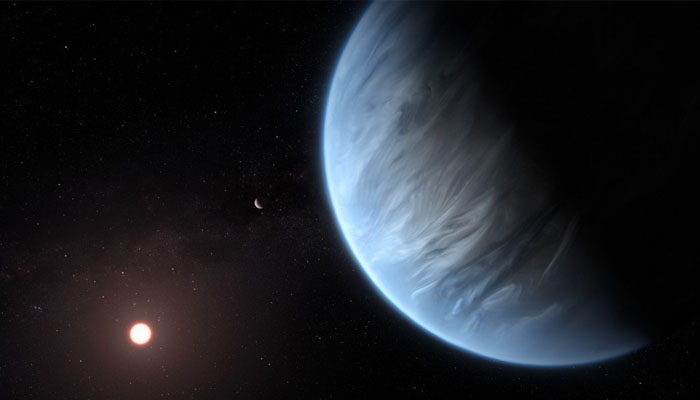Which telescope is most likely to discover alien life first?
Nasa's James Web Telescope may not be best choice for exploring alien life
February 03, 2024

The next European Extremely Large Telescope (ELT) may provide us with our best opportunity in the next 20 years to find biosignatures on neighbouring rocky worlds orbiting other stars.
This is the finding of a recent study that modelled the conditions necessary to describe planets like Proxima Centauri b, which are outside of our solar system and have the intriguing possibility of supporting life, according to Space.
Astronomers will be able to focus on important exoplanetary targets in the 2030s and beyond thanks to this work.
They examine the atmospheres of exoplanetary worlds to learn more about them in addition to assessing the bulk properties of these worlds, such as mass, radius, and orbital period.
For example, the James Webb Space Telescope (JWST) uses transit spectroscopy to do this. Part of the star's light passes through the planet's atmosphere when it transits, or travels in front of, its star as seen from the telescope's vantage point.
The starlight can be absorbed by any molecules in the atmosphere. Significantly, distinct molecules absorb light at different wavelengths, hence each wavelength serves as a unique molecule's imprint. This is how the JWST recently found carbon dioxide and methane traces in the exoplanet K2-18b's atmosphere.
Even though dozens of exoplanets, including HD 950086b, have been photographed thus far, they are all massive, young worlds that are still quite hot from their formation processes.
As a result, they have a strong infrared light emission while being far from their parent star. Put another way, these worlds are invisible to us; the planets only seem like tiny points of light, yet inside their patterns of light lie obscure absorption lines that are connected to chemicals found in the atmosphere.
That is why a very big telescope is necessary to obtain a high enough signal-to-noise ratio of the planet's light versus background data in order to extract these spectral characteristics.









